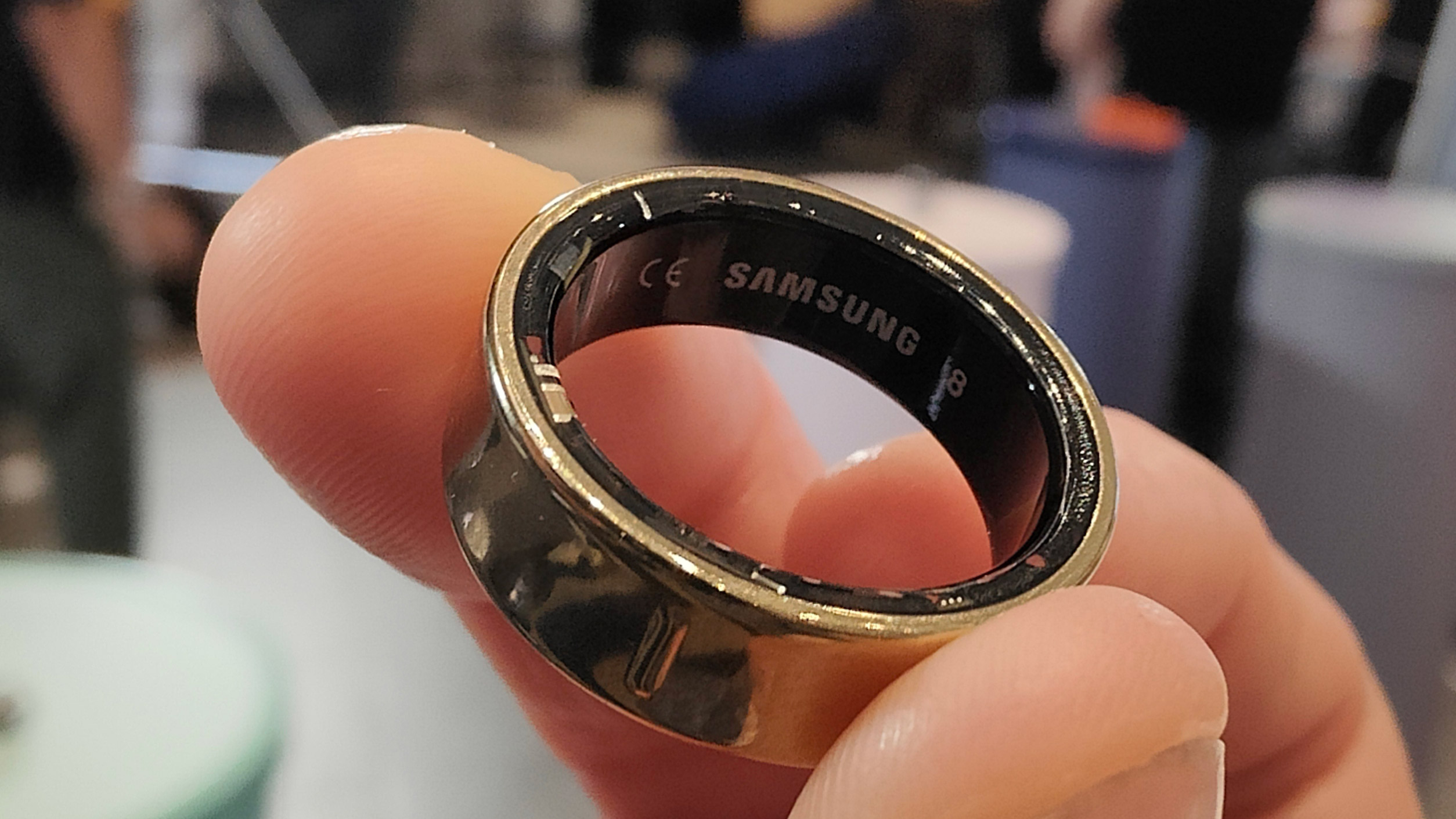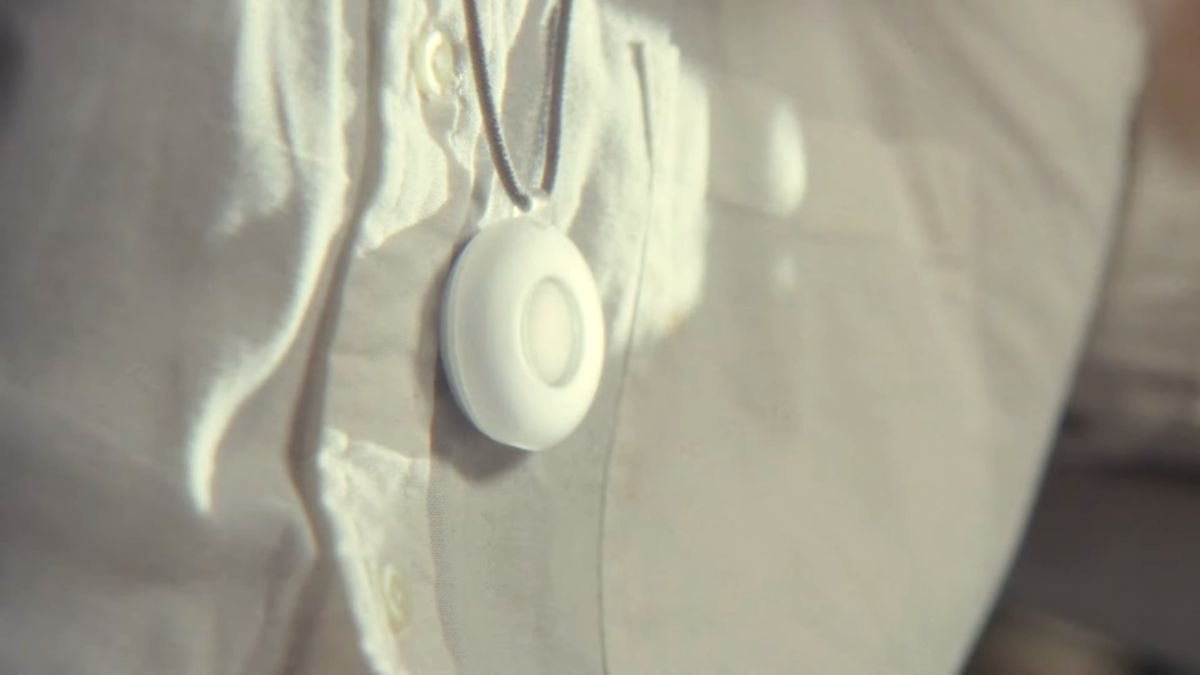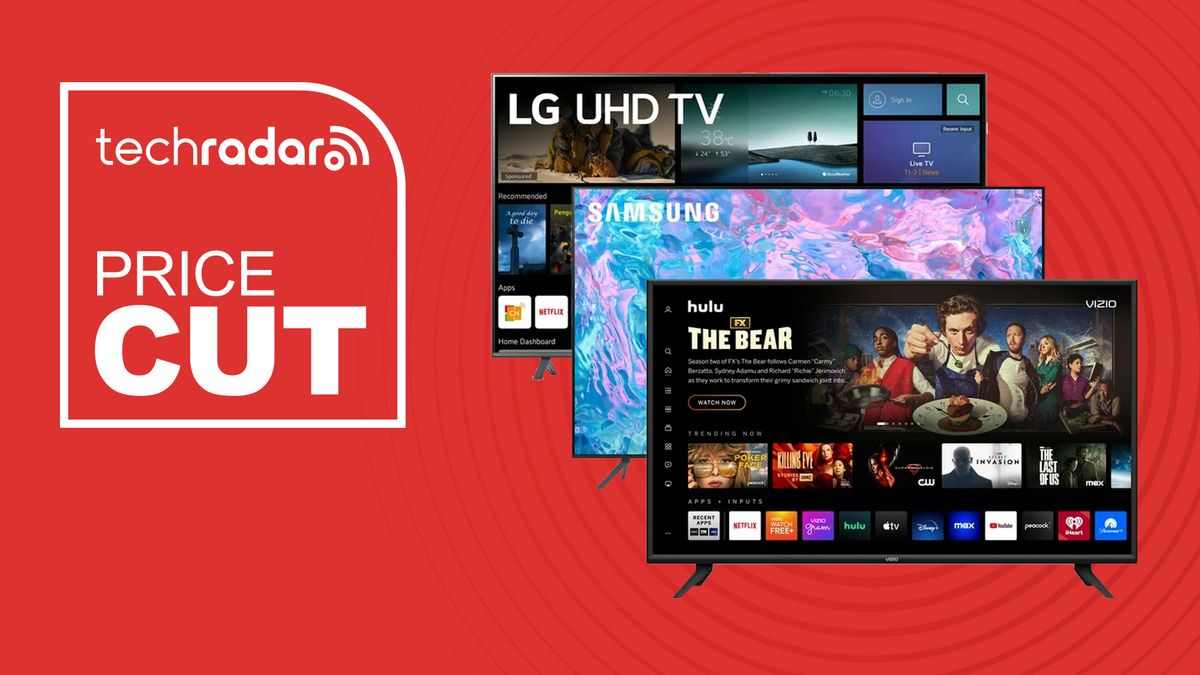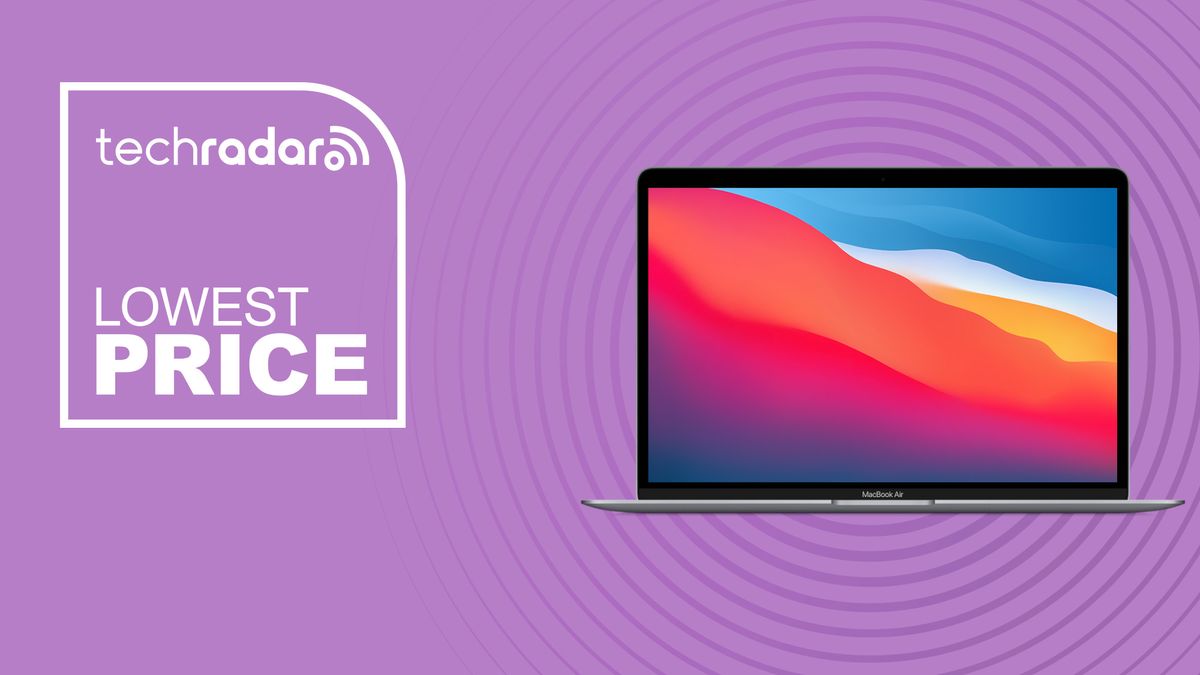This week, I watched the launch trailer for Friend (yes, the lowercase is correct here), the latest screen-less wearable designed to be interacted with using a microphone and generative AI. The design is simple: you press the button to activate your friend’s microphone, say what’s on your mind, and your friend will use its built-in AI to think of something appropriate to say and send it to your phone in text format.
Rather than Humane's attempt to replace the best smartwatches and phones with an AI personal assistant to access emails, messages and information, Friend focuses solely on a much more specific use case: companionship.
The trailer was getting comments across the internet that it looked like something out of an episode of Black Mirror or an A24 movie, with some justification, and our editor-at-large Lance Ulanoff posted his take as soon as it dropped. At the same time, my favorite (and by that I mean least favorite) moment from the launch trailer was when a teenage girl tells her AI friend that the falafel she’s eating is “wet” before spilling it on her friend’s device, at which point the friend replies “mmm.”
See in the
It’s easy to scoff at Friend and dismiss it as a dystopian Silicon Valley experiment or a data-mining device in the service of improving the generative AI that powers it, which can then be used for more profitable purposes. But scoffing is the easy way out: my colleague Becky Scarrott’s article on OpenAI’s struggle to rein in people modifying and releasing AI girlfriends via ChatGPT shows that the appetite for AI companionship is there for people who want it. Friend is an extension of this need: it’s aimed at regular people who are lonely and want someone to talk to. With an attractive price tag of $99, it could see wider adoption than first thought.
Another screen-less smart tech device, the Samsung Galaxy Ring is very different from its friend, but it’s also focused exclusively on one specific use case: passive health tracking. It uses Galaxy AI to generate an energy score, process information about your health activity levels, and offer you basic advice on how to sleep better. It even supports gesture controls, allowing you to use camera shutters and dismiss alarms. There’s no doubt about it: AI has made this first wave of screen-less smart tech possible.

I don't think smart wearables will ever really replace phones in the way Humane envisioned — at least not while the categories remain significantly differentiated. However, screenless wearables are having a moment, which will likely lead to a total evolution of the category as we find more natural ways to interact with our technology than swiping up and down with our old-fashioned, sweaty fingers.
The phone will likely remain the “nerve center” of our new technology ecosystem, and we will begin to interact with it using voice and gestures more frequently and in more sophisticated ways through wearables tailored to individual use cases, leaving us with fewer reasons to use our thumbs.
For example, it used to be considered a pipe dream to use AI-powered headphones to receive instructions and record messages through a microphone, which were then transcribed and sent to another phone using AI. Now we have the best smart glasses with built-in cameras and music controls, and it's easy to imagine using a smart ring to scroll through information on the heads-up display of our glasses using gestures. In fact, we have reason to believe that Apple is working on that very thing right now.
Virtual friends, smart glasses and tiny health monitors are just the tip of the iceberg: the future of wearable technology is screenless, discreet and powered by artificial intelligence. Except for a few fitness enthusiasts and power users, the Apple Watch may go the way of the iPod.









